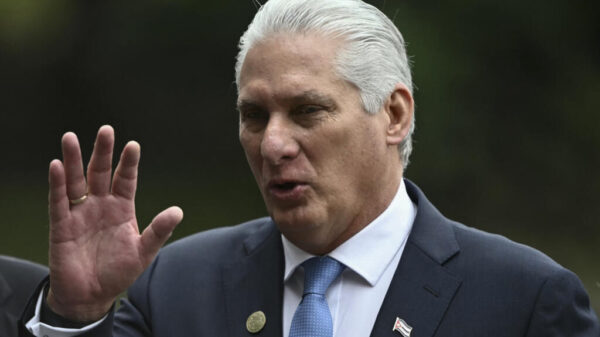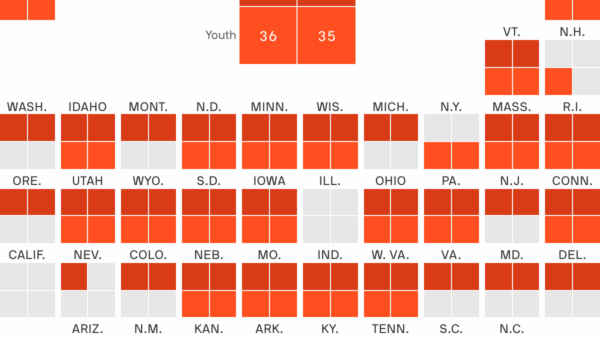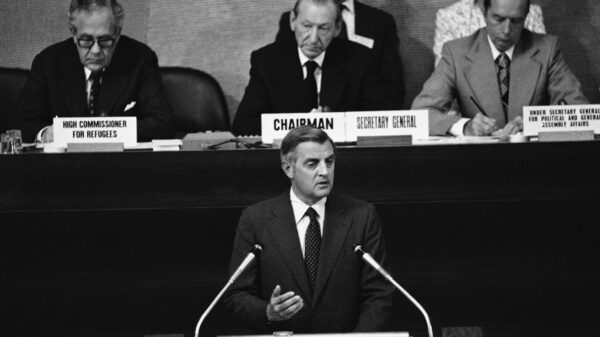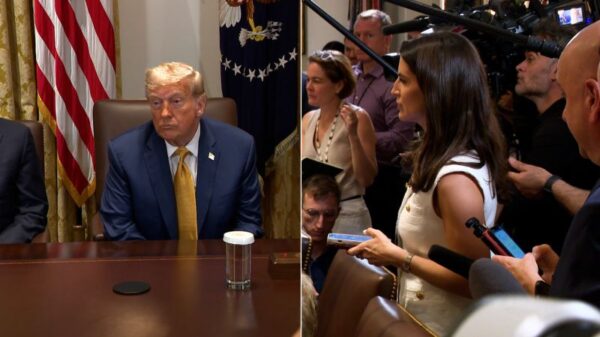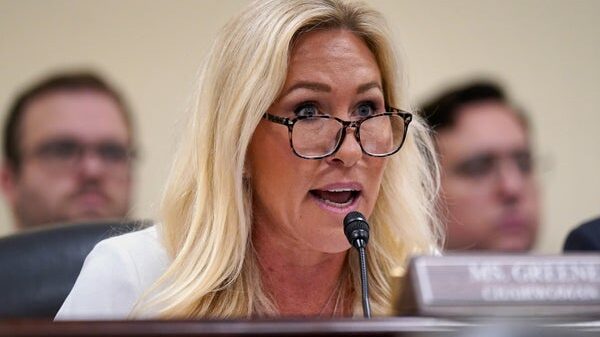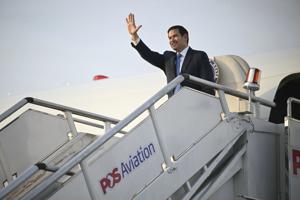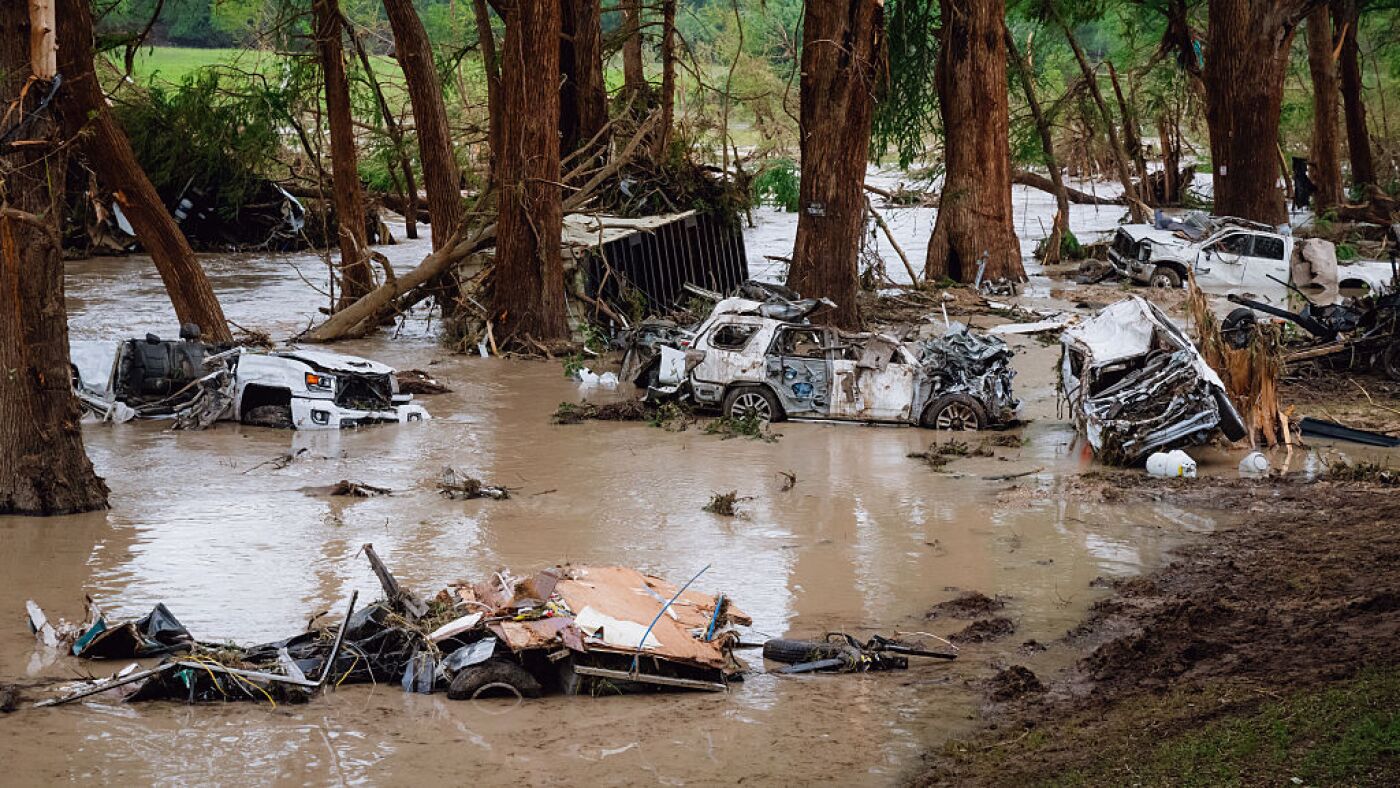The State Department is set to lay off over 1,300 employees as part of a significant reorganization plan initiated by the Trump administration earlier this year. A senior State Department official confirmed on Friday that layoff notices are being sent to 1,107 civil servants, marking a substantial reduction in the workforce.
This decision, announced in August 2023, comes as the Trump administration aims to streamline operations and reduce costs within the department. The layoffs are part of a broader strategy to reshape how the State Department functions and responds to evolving global challenges.
While the exact reasons for the layoffs were not detailed, the official noted that the changes are intended to enhance efficiency and effectiveness in fulfilling the agency’s mission. The affected employees will include a range of positions across various divisions, impacting both senior and junior staff.
The cuts have raised concerns among current employees and observers about the potential impact on U.S. diplomacy and international relations. Critics argue that reducing personnel could hinder the State Department’s ability to adequately address complex global issues, including security, trade, and climate change.
As the layoffs proceed, employees will be offered support through severance packages and job placement services. The department has emphasized its commitment to assisting those affected during this transition period.
In Washington D.C., reactions to the plan have been mixed. Some lawmakers support the initiative, citing the need for a leaner government, while others warn that such drastic cuts could undermine the United States’ standing on the world stage.
The State Department has historically played a crucial role in U.S. foreign policy. The layoffs reflect ongoing tensions within the agency regarding budget constraints and the prioritization of personnel resources.
As the reorganization unfolds, the full ramifications of these layoffs will become clearer. Stakeholders continue to monitor the situation closely, anticipating how these changes will influence U.S. diplomatic efforts moving forward.



